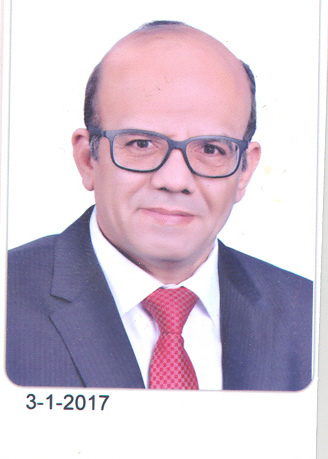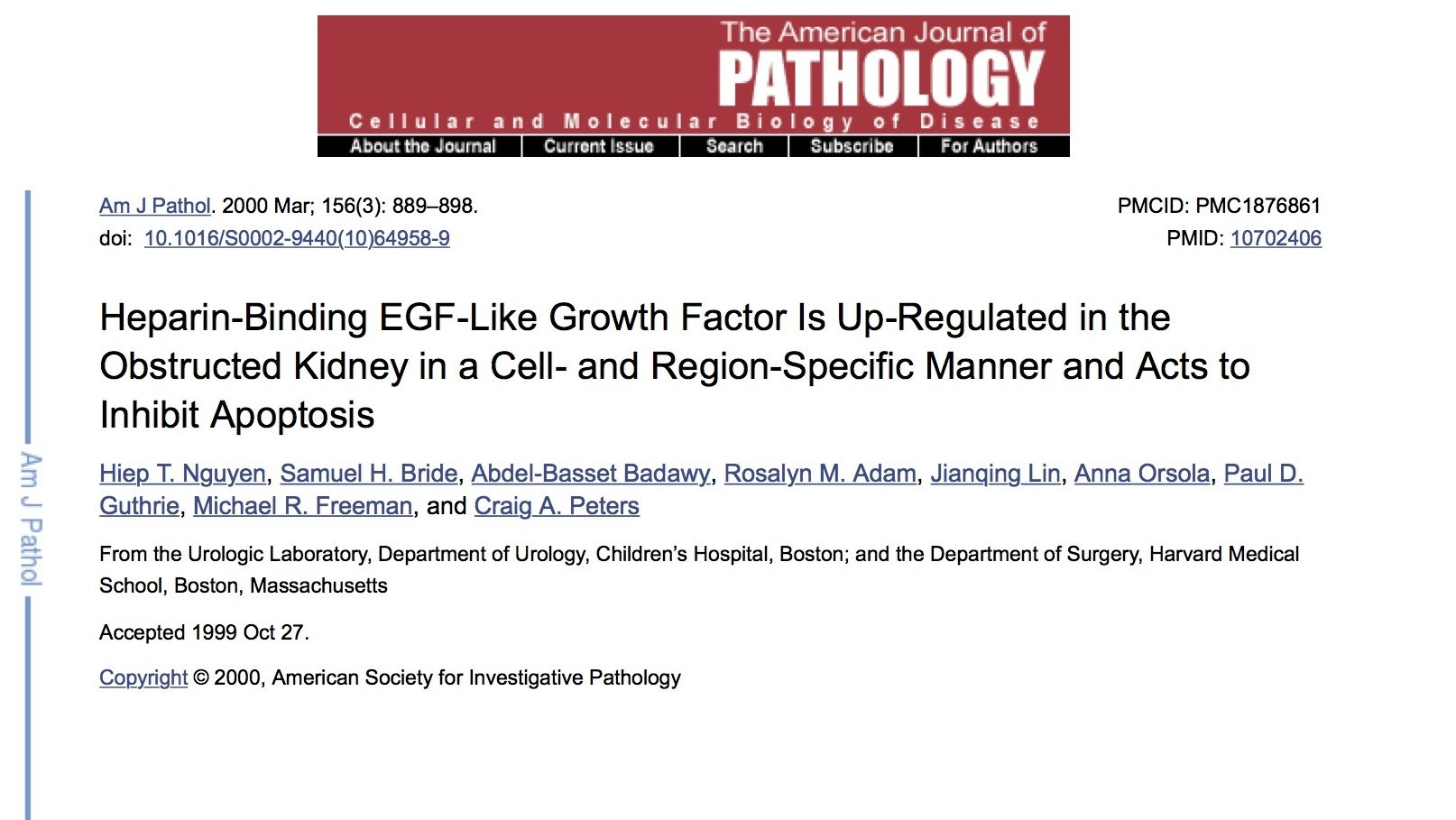Abstract:
The expression of certain growth factors in the epidermal growth factor (EGF) family is altered in response to renal injury. Recent studies have demonstrated that heparin binding EGF-like growth factor (HB-EGF) expression may be cytoprotective in response to apoptotic signals. The purpose of this study was to investigate the potential role of HB-EGF in the upper urinary tract following unilateral ureteral obstruction. We present evidence that: i) ureteral obstruction induced cell-specific but transient activation of HB-EGF gene expression; ii) HB-EGF expression in renal epithelial cells increased under conditions where mechanical deformation, such as that caused by hydronephrotic distension, induces apoptosis, but HB-EGF expression did not increase in renal pelvis smooth muscle cells under identical conditions; and iii) enforced expression of HB-EGF served to protect renal epithelial cells from stretch- induced apoptosis. These results suggest a potential mechanism by which the kidney protects itself from apoptosis triggered by urinary tract obstruction.
In human and experimental animal models, urinary obstruction causes renal parenchyma changes including loss of tubular cells, cell proliferation, myofibroblastic transformation of interstitial fibroblasts, and expansion of the extracellular matrix (reviewed by Chevalier 1 and by Nguyen and Kogan 2 ). These changes are likely to be mediated by alterations in the expression of specific growth, differentiation, and survival factors. Experimental ureteral obstruction in rats has demonstrated that the expression of epidermal growth factor (EGF), a potent renal epithelial cell mitogen, is markedly suppressed in the obstructed kidney. 3 Administration of exogenous EGF has been shown to increase renal tubular cellular proliferation and to reduce tubular apoptosis in the obstructed kidney, 4 indicating that signaling through the EGF receptor (ErbB1 receptor tyrosine kinase) may antagonize the process of kidney damage.
A variety of other peptide growth factors are structurally homologous to EGF and signal through the EGF receptor. Heparin-binding EGF-like growth factor (HB-EGF), a 20- to 22-kd glycoprotein, is a member of the EGF-like growth factor family and a potent epithelial cell, fibroblast, and smooth muscle cell (SMC) mitogen. 5 In the urinary system, HB-EGF is synthesized by bladder SMCs and urothelial cells and serves as an autocrine growth factor for both cell types. 6,7 In the kidney, HB-EGF
8
mRNA is expressed predominantly in the epithelial cells of the proximal tubules in the outer medulla 8 and is a potent mitogen for renal epithelial cells. 9 Recent studies have demonstrated that HB-EGF expression is increased following acute ischemia or nephrotoxin-induced renal injury, 9-11 suggesting that HB-EGF may serve a protective or regenerative role in the response of renal epithelial cells to injury. Ureteral obstruction also induces renal injury and apoptosis, in part through mechanical distension of renal cellular elements. However, a potential role for HB-EGF in the context of urinary obstruction has not been explored. In this study, we present evidence that HB-EGF serves a cytoprotective role in the obstructed kidney.


